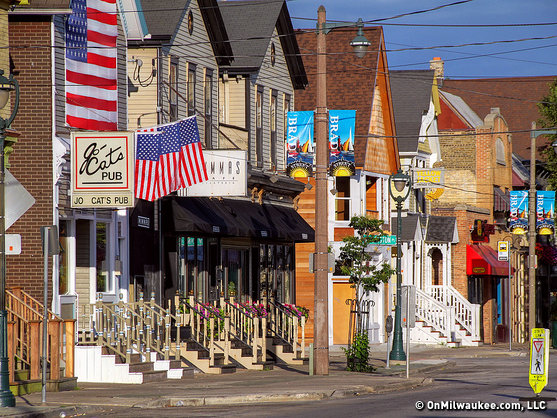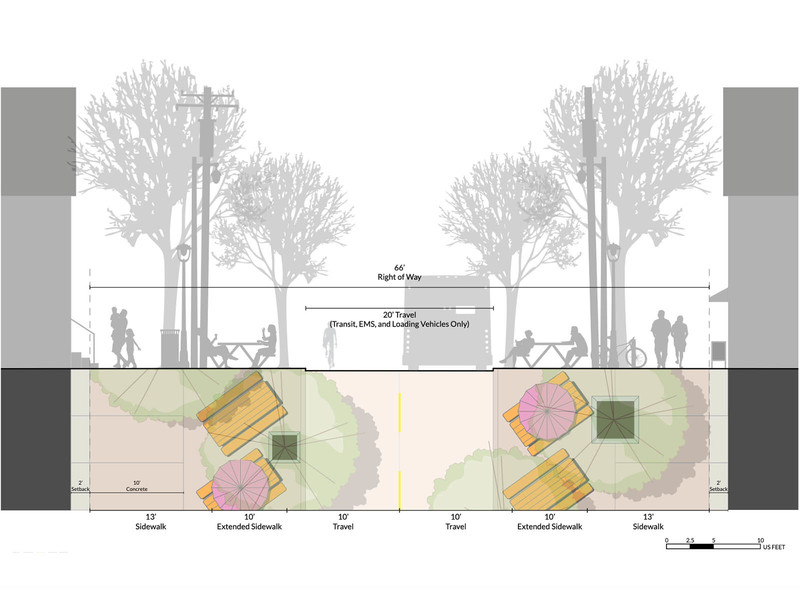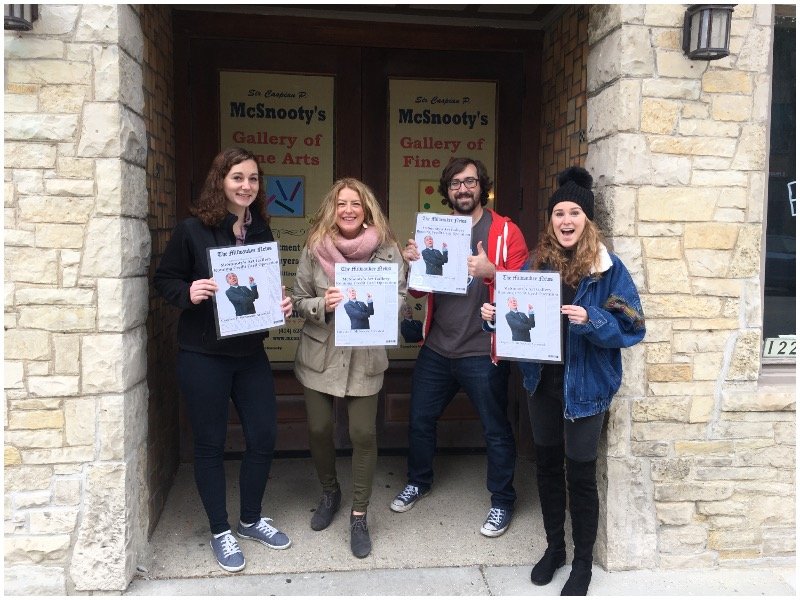"Change is inevitable; progress is optional." — Tony Robbins
It's true. Change is, indeed, inevitable and this week hit home as we saw Cempazuchi, another Brady Street restaurant announce that it would be closing its doors. It's a void many Milwaukeeans are already feeling, even as it remains open for the next few weeks.
Cempazuchi and Trocadero closing down. Qdoba being built. Brady Street is quickly turning into a bland extension of Water Street. — Lord Edgington III (@SirSethamus) January 5, 2017
@iamjackiebrown @mkediner @CEMPAZUCHI ..Brady Street will never be the same, gonna miss sitting outside,tequila flights and people watching — vandakbrown (@vandakbrown) January 4, 2017
But, it’s not the first time this neighborhood has been in flux.
Over the years, Brady Street has been the epitome of change. Initially settled by early German, Irish and Polish immigrants, Brady Street eventually became a hub for Milwaukee’s Italian community. During the 1960s, it was a haven for Milwaukee’s hippie community. And during the late ‘80s, it experienced a "renaissance" which transformed it into a thriving cultural center that was alive with pubs, restaurants, coffee houses, boutiques, vintage stores and a wide variety of festivals.
For years, the street was a hub for shopping, dining and nightlife. Shops like Dragonfly provided eclectic shopping. The True Value Hardware store provided necessities for local residents. Restaurants like Mimma’s offered up fine dining options. And Bosley’s on Brady brought a taste of Key West to the East Side.
@LoFredrich 👎 no more Brady St — Gil (@amadorlicea) January 4, 2017
The True Value has since been transformed into Harry’s on Brady. Dragonfly announced plans to close early this year. Mimma’s closed this year. And Bosley’s on Brady was sold and is being "reconcepted." Spots like Pepi’s Pizza moved in, but closed after just a few months.
There are still some strong-holds on the street including Glorioso’s Italian Market (1946), Hi-Hat (1998), Balzac (2005), Nomad World Pub (1995), Regano's Roman Coin (1966) and Rochambo (1995). There are also new additions like Easy Tyger and La Masa, which have brought new energy to the street. And Glorioso’s remains, even bigger and better than before. But, many of the street’s boutiques and vintage shops have shuttered. And national venues like Qdoba are on the docket for the street, which once housed almost exclusively independently owned businesses.
In fact, if you knew the Brady Street of 10 years ago, you’d be hard-pressed to recognize what it’s become.
So, what’s next for Brady Street? What kinds of businesses would you like to see there?
As a passionate champion of the local dining scene, Lori has reimagined the restaurant critic's role into that of a trusted dining concierge, guiding food lovers to delightful culinary discoveries and memorable experiences.
Lori is an avid cook whose accrual of condiments and spices is rivaled only by her cookbook collection. Her passion for the culinary industry was birthed while balancing A&W root beer mugs as a teenage carhop, fed by insatiable curiosity and fueled by the people whose stories entwine with every dish. Lori is the author of two books: the "Wisconsin Field to Fork" cookbook and "Milwaukee Food". Her work has garnered journalism awards from entities including the Milwaukee Press Club. In 2024, Lori was honored with a "Top 20 Women in Hospitality to Watch" award by the Wisconsin Restaurant Association.
When she’s not eating, photographing food, writing or planning for TV and radio spots, you’ll find Lori seeking out adventures with her husband Paul, traveling, cooking, reading, learning, snuggling with her cats and looking for ways to make a difference.







